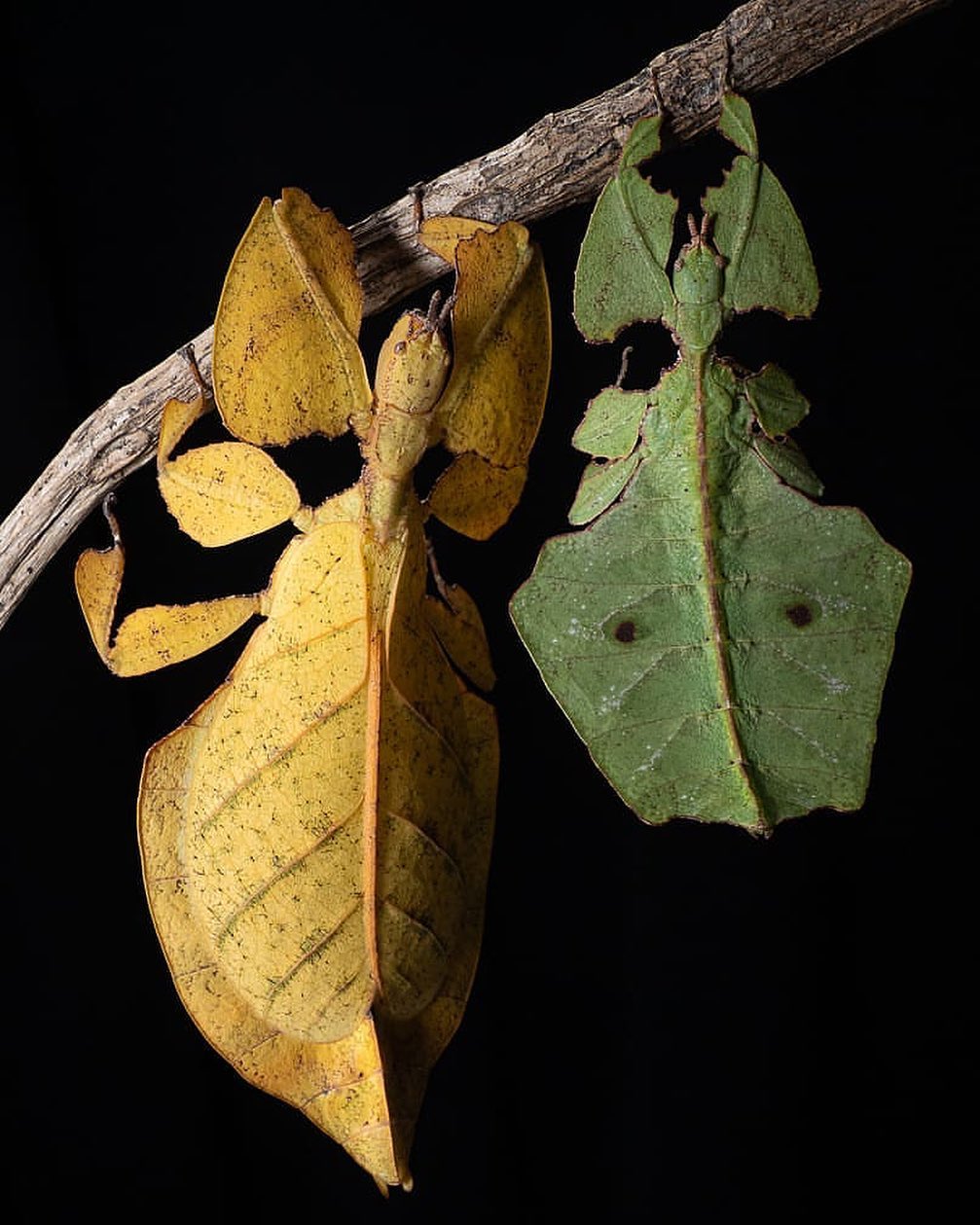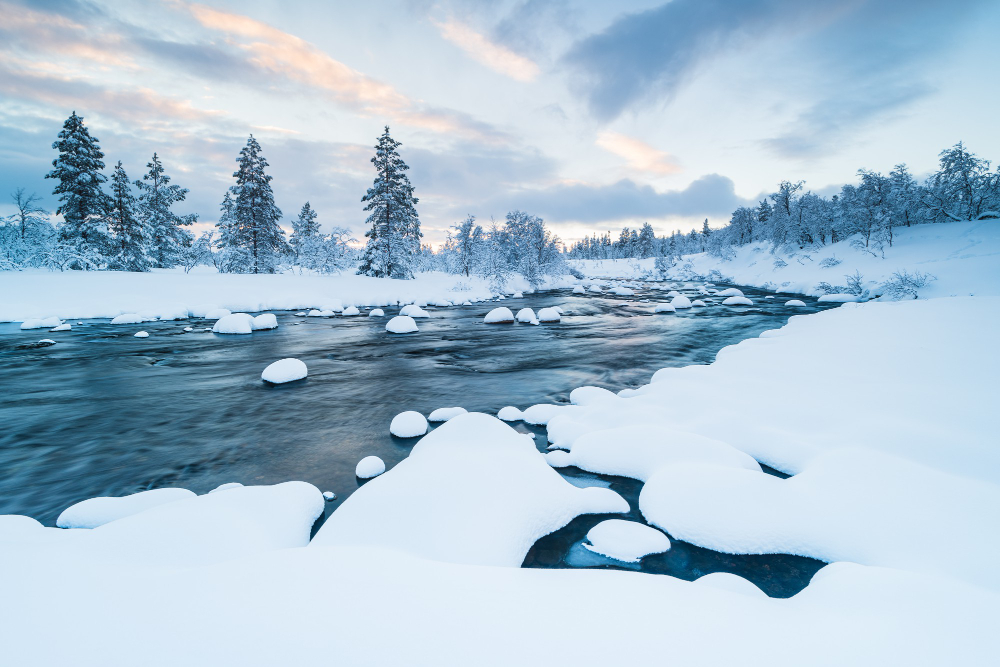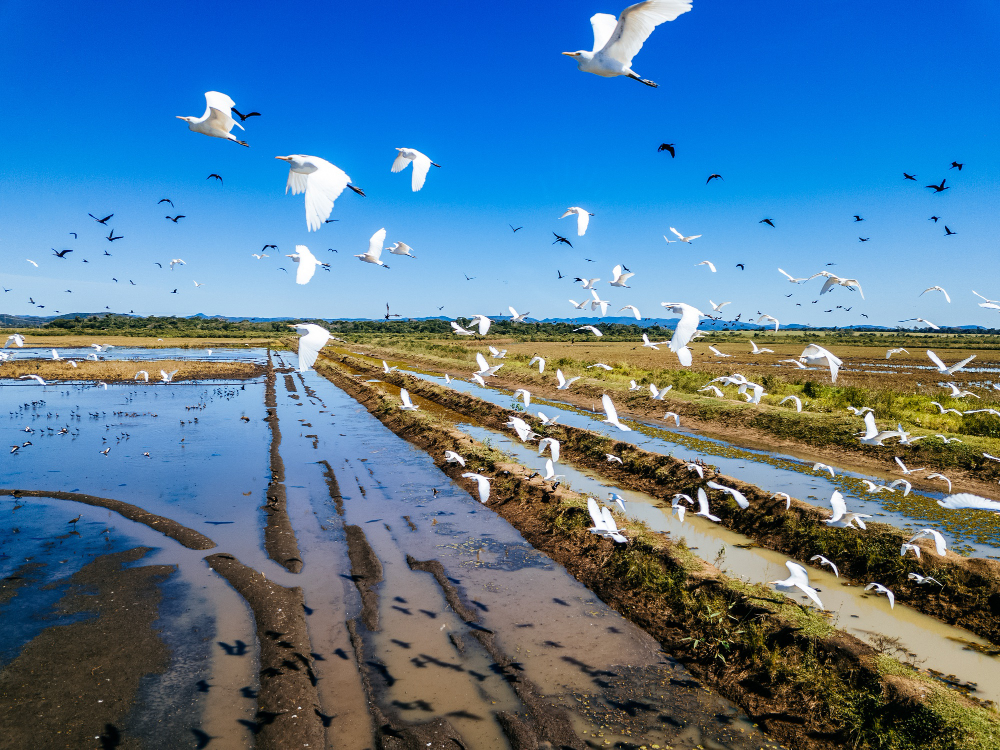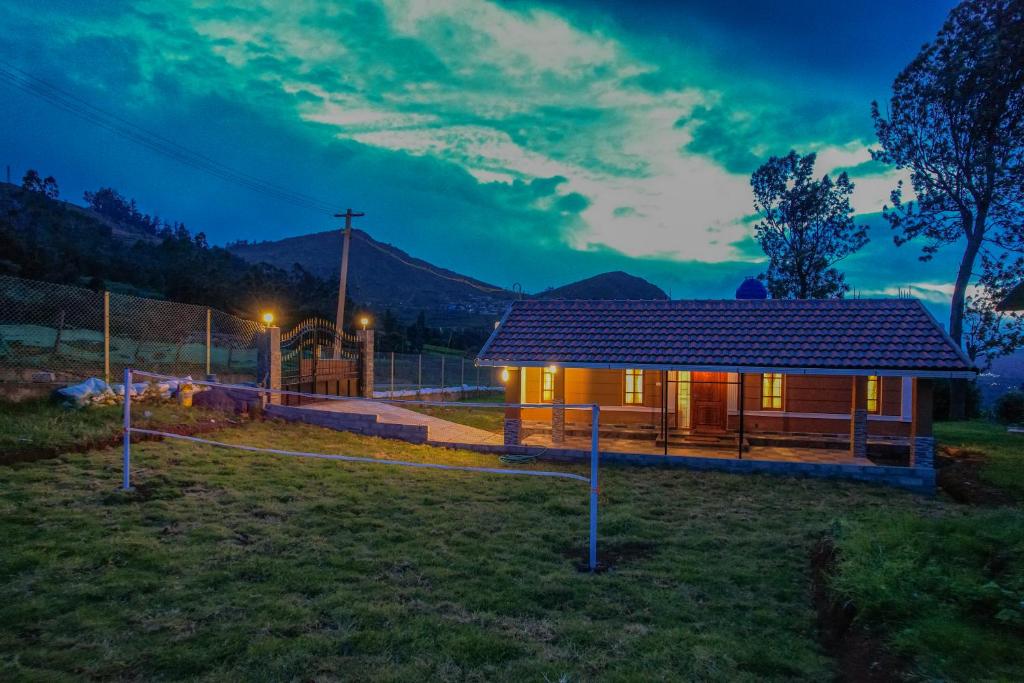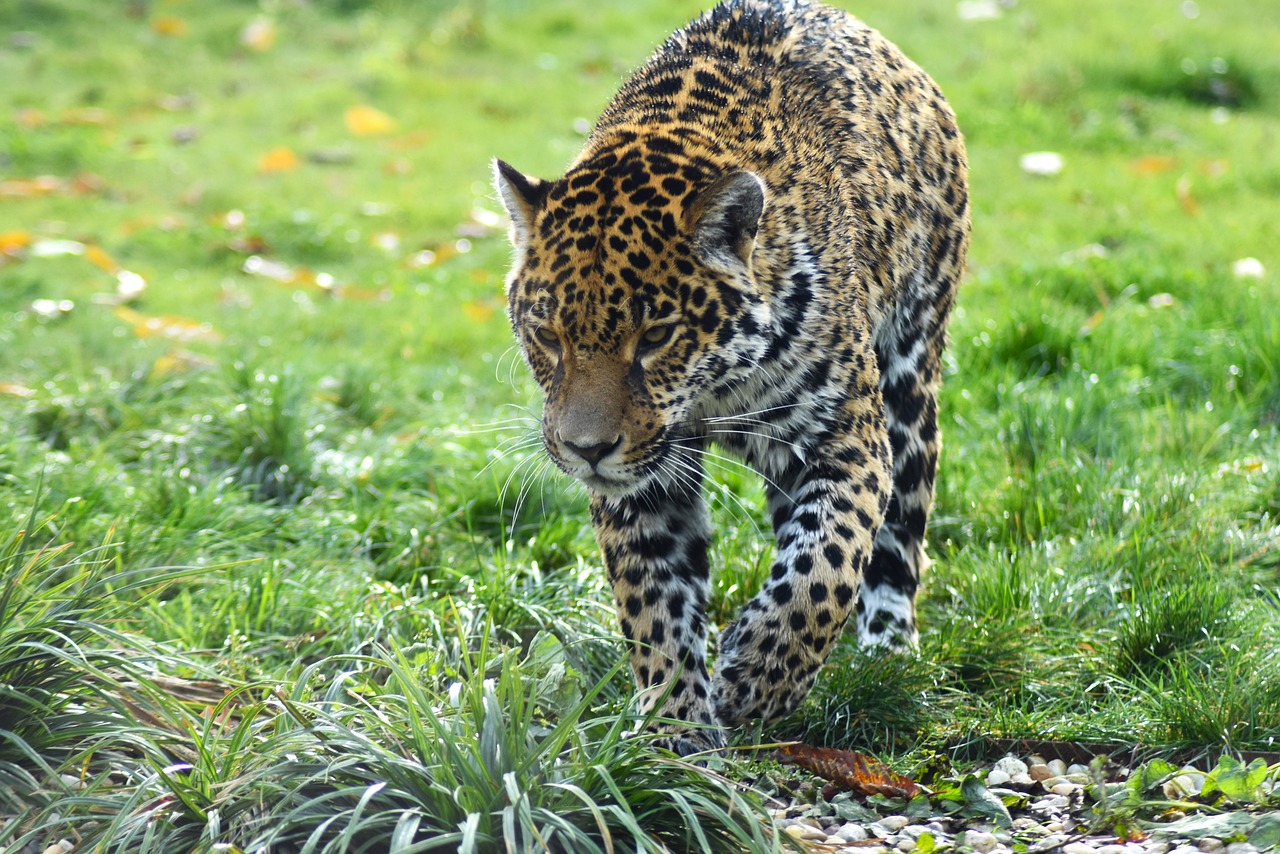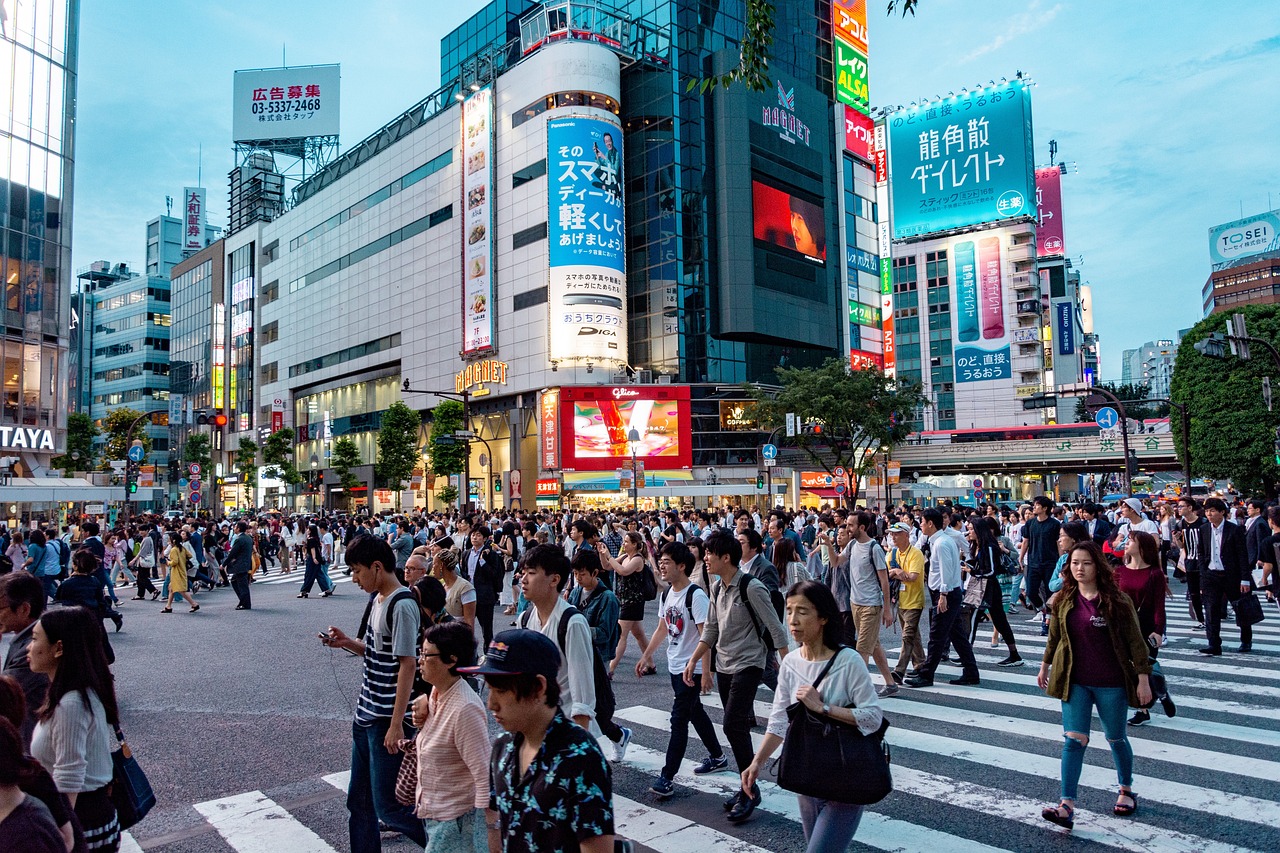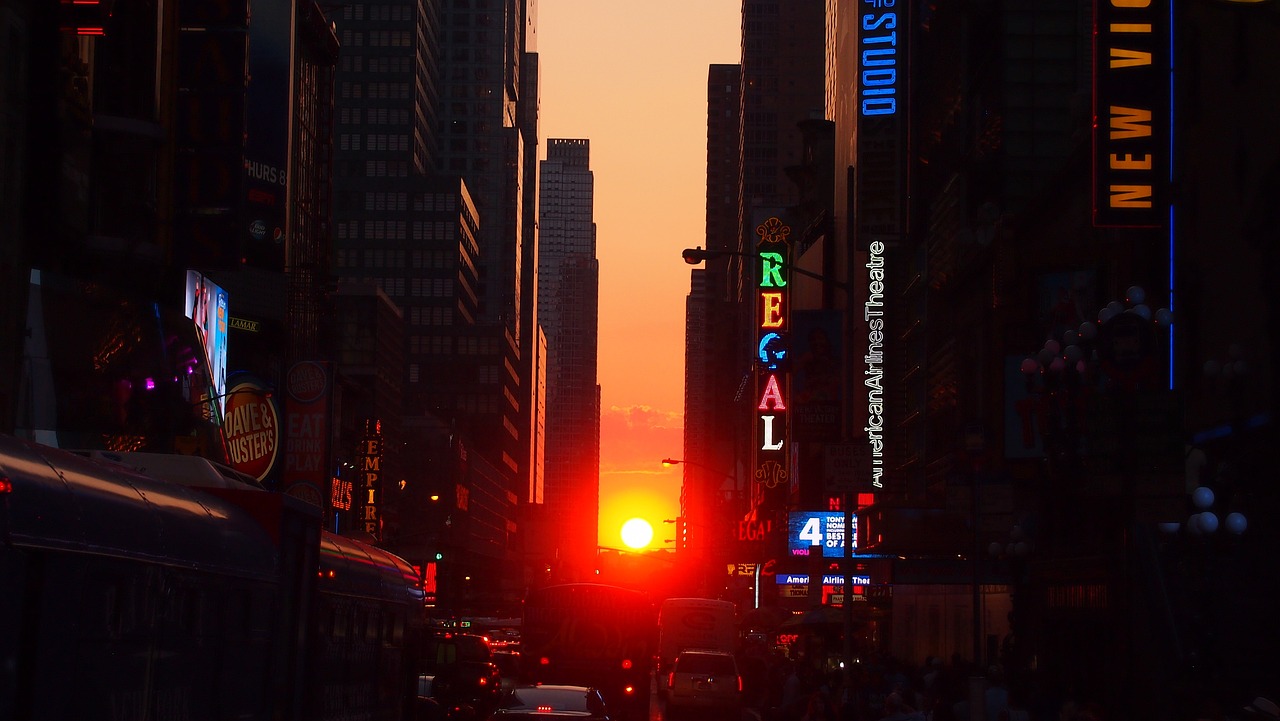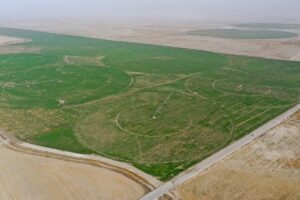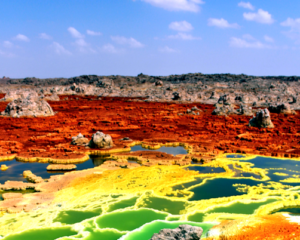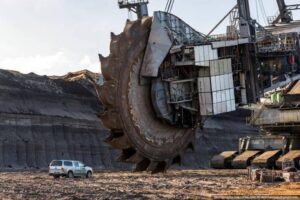 Pin
Pin Image by Denis Reznik from Pixabay
Chernobyl. The name alone evokes a sense of disaster and mystery, one of the most significant nuclear tragedies in history. It’s hard to forget the haunting images of abandoned cities, the eerie silence of a once-thriving area, and the invisible but deadly radiation that continues to linger decades after the 1986 explosion. But is Chernobyl still dangerous today, and how does the radiation affect the area, wildlife, and even human life?
While much of the world has moved on from the tragedy, Chernobyl remains an active site of research, curiosity, and caution. Today, radiation is still present in varying levels, and the Exclusion Zone continues to be a source of both intrigue and concern. In this article, we’ll dive into the lingering dangers of Chernobyl’s radiation, the safety measures in place, and what the future holds for the area. Whether you’re considering a visit or simply curious about the impact of this disaster, understanding the present state of Chernobyl is essential.
Table of Contents
What Exactly Happened at Chernobyl and Why It Still Matters
The Chernobyl disaster wasn’t just an explosion—it was a full-scale nuclear meltdown that released more radiation than Hiroshima and Nagasaki combined. Back in April 1986, Reactor No. 4 at the Chernobyl Nuclear Power Plant in Ukraine exploded during a late-night safety test gone horribly wrong. The force of the blast blew the top off the reactor, sending a cloud of radioactive materials into the sky that traveled across Europe. Entire cities were evacuated, and an Exclusion Zone was set up that still exists today.
What a lot of people don’t realize is how long the aftermath lasted. The fire at the reactor burned for 10 days. Radiation didn’t just poison the air—it got into the soil, water, forests, and even animals. Fast forward to 2025, and the area still has zones where radiation is strong enough to kill, especially in the Red Forest. The event left behind nuclear waste, ghost towns, and health effects that are still being studied. It’s not ancient history—it’s still very much a real issue.
How Radiation Works and Why You Can’t See or Feel It
Radiation is sneaky. You can’t see it, smell it, or feel it—and that’s what makes it dangerous. After Chernobyl exploded, it released different types of radiation like alpha, beta, and gamma. Gamma rays are the worst because they can pass through your body and damage your cells without you ever knowing. Most people think radiation burns you like fire, but that’s not how it works. It attacks your body on a microscopic level, especially cells that divide fast, like those in your blood, gut, and skin.
The real horror is that you could be standing in a radioactive hotspot and not feel a thing. No warmth, no light, no sign. But inside, your DNA might already be getting torn apart. That’s how people near Chernobyl got radiation sickness—vomiting, hair loss, internal bleeding—and many died without ever knowing they were in danger. This kind of damage doesn’t go away quickly, either. Some radioactive materials like cesium-137 and strontium-90 stick around for decades, still releasing energy that can harm life silently.
Is Chernobyl Still Dangerous to Humans in 2025?
Yes, Chernobyl is still dangerous in 2025—but how dangerous depends on where you go and how long you stay. The Exclusion Zone is about 30 kilometers wide, and while some areas are relatively safe for short visits, others are completely off-limits. Radiation levels vary a lot from one place to another. For example, in Pripyat (the abandoned city), many areas have low enough levels that you can walk through with a guide. But step into the Red Forest, and you’re suddenly in one of the most radioactive spots on Earth. That place absorbed a huge amount of fallout and still gives off deadly radiation.
Tour guides and workers in the area wear protective gear, track their exposure with dosimeters, and follow strict rules. No touching, no sitting, no eating outside. People who break those rules risk serious exposure. Even soil, moss, or old metal structures can carry radioactive dust. So while Chernobyl isn’t a glowing hellscape, it’s far from harmless. Long-term exposure still has real health risks, especially without proper safety gear or training.
What Kind of Suit or Gear Protects You From Radiation?
Let’s be clear: no suit can make you 100% immune to radiation, especially gamma rays. But the right gear can stop radioactive dust and particles from getting on your skin or in your lungs, which is a huge part of staying safe. People working in Chernobyl today usually wear hazmat suits made of materials like Tyvek, which are light but still block out radioactive particles. These suits are not bulletproof against radiation, but they help prevent contamination. It’s about stopping radioactive stuff from sticking to you—not deflecting beams like in sci-fi movies.
Respirators are a must. High-efficiency filters (like P100 masks) or full-face respirators are worn to stop people from inhaling radioactive dust. You’ll also see workers wearing rubber gloves, boot covers, and sometimes helmets with air systems. The most important tool, though, might be the dosimeter. That little device tracks how much radiation you’ve been exposed to so you can get out before hitting dangerous levels. It’s about knowing your limits and never guessing. Safety is all about control, not invincibility.
How Wildlife and Nature Are Surviving in the Exclusion Zone
One of the most surprising things about Chernobyl today is how alive it looks. You’d expect a dead zone, but what you get instead is forests, rivers, and tons of animals—wolves, bears, deer, and even wild horses. It almost feels like nature has taken the place back. But here’s the weird part: just because animals are there doesn’t mean they’re perfectly healthy. Some studies have shown mutations, shorter lifespans, and reproductive issues in certain species. Others seem to be doing okay, but that might just mean they’re adapting in strange ways.
The lack of humans probably helps. Since no one lives there full-time, animals aren’t being hunted, roads aren’t being built, and forests aren’t being cut down. So wildlife has more room to spread. That said, researchers still find traces of radiation in animal bones and plants. It’s not like the radiation is gone—it’s just buried in the soil and woven into the food chain. The place is recovering in some ways, but it’s not safe like a national park. It’s still radioactive wilderness.
Why Some People Still Live Near Chernobyl Today
Even though the Ukrainian government banned people from living inside the Exclusion Zone, a small group of people—mostly elderly—returned to their villages and refused to leave. These self-settlers, known as “Samosely,” live in abandoned homes, grow their own food, and drink water from wells in contaminated land. Surprisingly, many of them have lived for decades with little obvious health issues. It’s not that the radiation is harmless, but their short-term risks from things like relocation, stress, and isolation may have outweighed the slow, invisible threat of radiation.
There are also workers and scientists who stay in the zone for limited shifts, usually in the town of Chernobyl (not the reactor site itself). They follow strict safety rules, get regular health checks, and sleep in radiation-monitored housing. Some of them monitor wildlife, maintain infrastructure, or work on nuclear cleanup. The reality is, people do go in and out of Chernobyl, but no one’s pretending it’s completely normal. It’s a weird mix of resilience, survival, and acceptance of the risks that come with living near a disaster that never fully ended.
How to Stay Safe When Visiting Chernobyl’s Exclusion Zone
Visiting Chernobyl’s Exclusion Zone can feel like stepping into a post-apocalyptic world, but it’s important to approach it with respect and caution. If you plan on visiting, the number one rule is don’t go alone. Always join a guided tour with certified professionals who know the area and monitor radiation levels throughout the trip. These guides will ensure you don’t step into dangerous zones or get exposed to radiation unnecessarily.
When it comes to your clothing, be smart: cover up. Long sleeves, pants, and sturdy boots will help keep radioactive particles away from your skin. And don’t forget gloves—everything you touch could potentially carry radioactive dust. Once the tour is over, don’t rush. Stop at the decontamination stations to make sure nothing from the zone is following you home. It’s all about minimizing exposure and playing it safe. Keep in mind, Chernobyl is not a theme park—it’s a place of great historical significance and should be treated with caution.
What’s Next for Chernobyl? Can It Ever Be Safe Again?
The big question for Chernobyl’s future is simple yet profound: Will it ever be safe? The truth is, not anytime soon. The radioactive materials released during the 1986 meltdown have long-lasting impacts. Some of them have half-lives of 30 years, meaning they’ll be around for centuries. Cesium-137, for example, still lingers in the soil and water, and though the radioactive cloud has dissipated, the contamination is still present. In fact, much of the area is expected to remain radioactive for hundreds, if not thousands, of years.
That doesn’t mean the future is all doom and gloom. Thanks to the massive steel structure that now encloses Reactor 4—the New Safe Confinement—we’ve made huge progress in containing radiation and preventing further leaks. But this isn’t a quick-fix situation. The reality is that while technology and research are advancing, Chernobyl won’t ever be fully safe in our lifetimes. But nature is resilient. The wildlife in the Exclusion Zone, though impacted by radiation, is showing that life can adapt. So, while the area will never return to what it once was, the journey of healing and research continues.
FAQs
Visiting Chernobyl can be safe, but only with proper precautions. The radiation levels in most parts of the Exclusion Zone have significantly decreased, making short visits possible. However, it’s essential to go with a certified tour guide who monitors radiation levels and ensures safety rules are followed. Wearing protective clothing, such as long sleeves and boots, and visiting designated areas helps minimize exposure.
Chernobyl will remain radioactive for many years due to the long half-lives of certain radioactive materials, such as cesium-137, which lasts around 30 years. Some areas within the Exclusion Zone will be unsafe for humans for hundreds or even thousands of years. However, the New Safe Confinement structure over Reactor 4 helps prevent further leaks and minimizes the spread of radiation.
Surprisingly, wildlife has thrived in Chernobyl’s Exclusion Zone. Wolves, deer, wild boar, and even rare species like wild horses are found there. However, radiation still affects them. Some animals show signs of mutation, reproductive issues, or shorter lifespans, but overall, nature is slowly reclaiming the land. It’s a testament to the resilience of life, though it’s not without its consequences.
When visiting Chernobyl, protective gear is essential. This typically includes a hazmat suit to prevent radioactive dust from contacting the skin, a respirator or P100 mask to protect against inhaling radioactive particles, and gloves and boots. A dosimeter, which tracks radiation exposure, is also worn to ensure safety. These precautions help limit exposure to radiation while exploring the area.
Some people, known as “Samosely,” chose to return to their homes in the Chernobyl Exclusion Zone after the disaster. Many of these individuals are elderly, and they live in isolation, growing their own food and relying on well water. While they face some risks from radiation, many have lived long lives despite the dangers. Workers and researchers also stay in the area, but they follow strict safety protocols and rotate shifts to minimize their exposure.
